For many people in urban settings, growing tomatoes and edible plants in pots is necessary due to space constraints (or lack of an area with 6 hours of direct sunlight). This video and post explains the 6 key requirements for growing food in containers or pots.
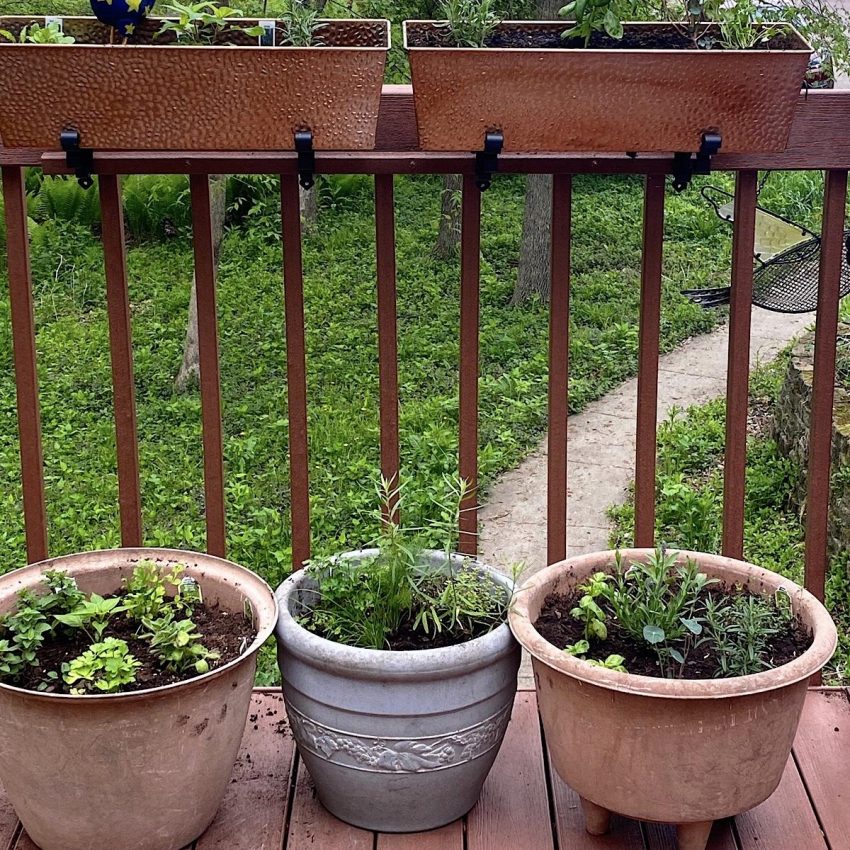
Jump to: Growing Vegetables in Pots | Choosing the Right Pot | How to Grow Veggies in Pots
This post may contain affiliate links. As an Amazon Associate, I also earn from qualifying purchases. You can read our disclosure information here–
Benefits of Growing Food in Pots
As noted above, lack of space and lack of 6 hours of sun daily are two major reasons people choose to grow vegetables in pots.
A few other pros of growing plants in containers include:
- ability to move containers throughout the day to take advantage of shifting sunlight in low light areas;
- raised surfaces for those with limited mobility or strength to manage tending the plants;
- plants are less accessible to animals who eat the leaves, roots or fruit;
- soil-borne disease problems are reduced or eliminated;
- it is easier to control the watering regime which can help with disease on leaves
- once set up properly, it can save you a bundle of time because you don’t have to constantly weed
Growing Tomatoes in Containers
With respect to tomatoes, all of them “can” be grown in pots but determinate tomatoes require much less staking and are therefore good candidates for container growing.
Smaller tomatoes, like cherry tomatoes are also good choices for pots due to their small size and weight.
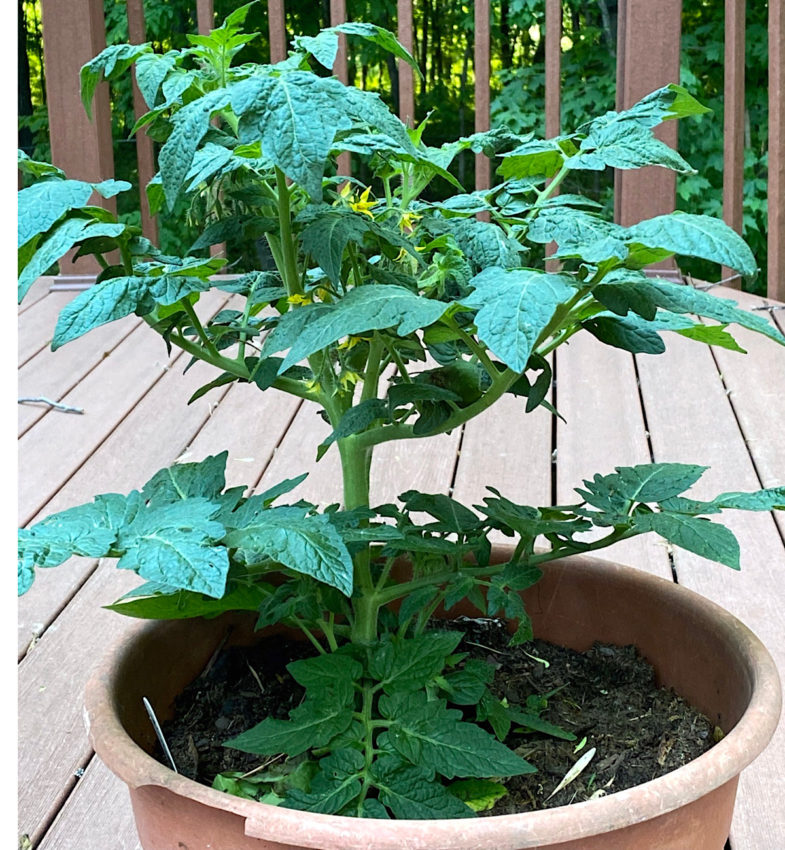
Beyond Tomatoes: Other Vegetables for Container Growing
Most vegetables can be grown in pots as long as you pay attention to their specific growing habits. The needs of some specific vegetables include:
- For example, some varieties of cucumbers and pole beans can be grown successfully in pots, as long as you provide good support for their vining habits.
- Small to medium-sized root vegetables like radishes, carrots, turnips, and beets can be grown in smaller containers, as can green onions, peppers, eggplant, and broccoli.
- Most herbs are easy to grow in containers, as long as they have access to 6 or more hours/day of direct sunlight.
- Salad greens can flourish in shadier areas and do not need large pots, as they have shallow root systems.
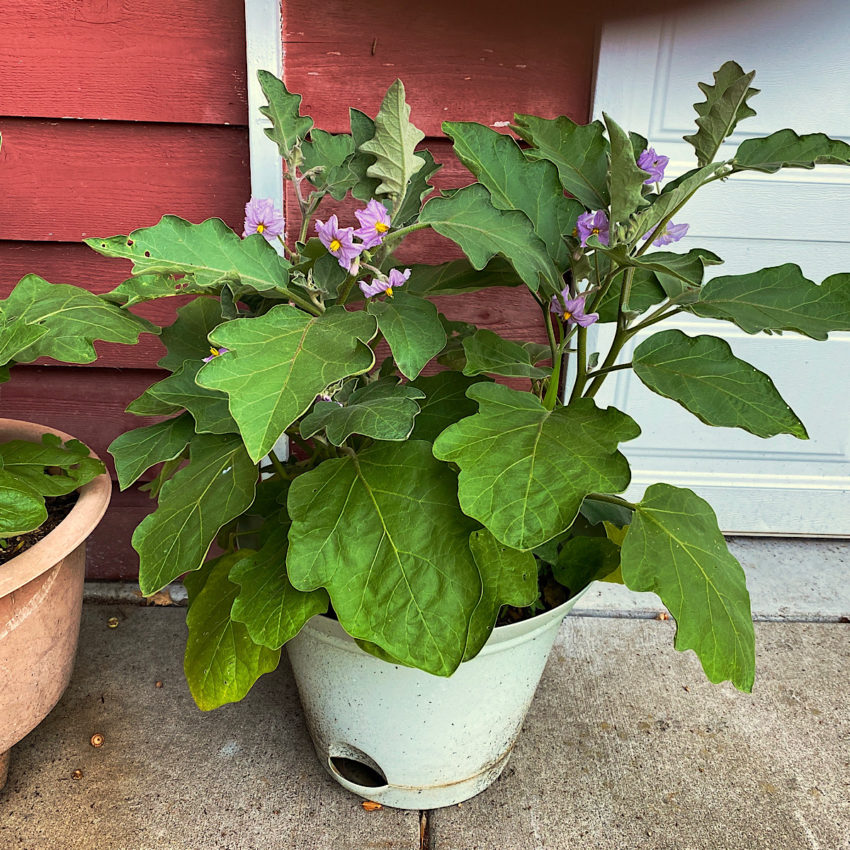
Selection of Pots for Growing Vegetables
When selecting pots for container gardening, there are three main factors to consider.
1. Drainage
Drainage is arguably the most important consideration for successful container growing. Your pot must have good drainage so that your plants do not sit in standing water. Standing water in pots will kill plants, if left in it for too long.
You can also reduce the chances of root rot by putting an inch of gravel in the bottom of the pot to hold excess water away from roots.
I know gardeners who put a layer of compostable packing peanuts in the bottom of large containers to provide drainage and reduce the weight of big pots (large heavy pots are difficult to move).
2. What the pot is made of:
The kind of pot used is also important. You’ll want to think about the following considerations before you make your choice:
Wooden containers (half-barrels, for example) may offer a look, size, and shape that you like, but they will rot over time and need to be replaced.
The porous nature of unglazed terra cotta pots will make it difficult to keep your pots sufficiently watered since water will evaporate through the pot’s surface.
Better choices are pots made of nonporous materials like glazed ceramic, plastic, glass, and metal, though at the risk of sounding like a broken record, don’t forget that good drainage is essential.
3. Size:
The width and depth of the pot is the third factor to consider. Many people recommend 5 gallon buckets for growing tomatoes. I prefer larger pots for tomatoes and find that the yield is much higher when they have more room for their roots to expand.
Vegetables that remain smaller can obviously do well in smaller pots, though less than one gallon is generally not recommended except for herbs and small salad greens.
A few plants have specific requirements to consider. For example, carrots need to grow in soil that is at least two inches deeper than their mature length, and bush beans need to be spaced at least three inches apart.
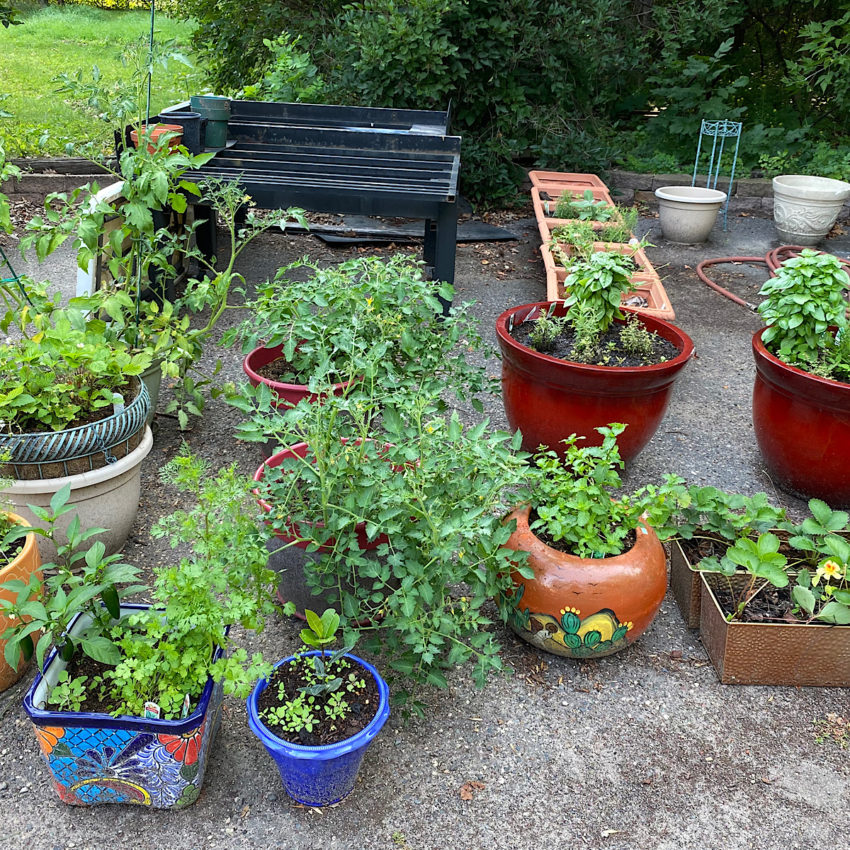
Choose the Right Potting Soil for Pots
I recommend using a sterile “potting soil” for growing plants in pots, as it drains well and is lighter weight (especially important if your pots are large and require lifting or moving).
Using soil from your garden to fill containers can introduce soil-borne diseases into your containers, which you definitely do not want.
You can make your own potting mix with equal parts of soil, compost or peat, and either sand, perlite, or vermiculite, but again, be sure to use sterilized soil.
While I used to make my own potting soil, I have recently switched to buying Miracle Grow Moisture Control, as it has proven to be very reliable, especially in the early stages of the plant’s life.
How Deep to Plant Seedlings in Pots
If planting seedlings or “starts” plant them so that the level of the soil in the pot from which they’re being transplanted is at the surface of the soil or potting medium in the container.
One exception to this rule is tomatoes, which can nearly always benefit from being planted deeper, so that the first set of leaves (the seed leaves) is below the soil line; this allows the tomatoes to grow additional roots, resulting in more tomatoes.
Watering and Fertilizing Plants in Containers
Watering Considerations:
A key factor for successful container gardens as the summer wears on is watering.
Containers made of porous material (i.e., clay pots or fabric grow bags) will lose moisture quite rapidly in hot weather, and may need to be watered 1-2 times a day.
Plastic pots will retain water longer but will still need to be checked daily in hot weather. Stick your finger in the soil and if it is dry down to about one inch, it is time to water.
Tip: Water your plants deeply enough for water to run through the bottom of the pot. Be sure the excess drains away however so the plants are not sitting in water.
If you are growing containers on an apartment balcony, make sure you are able to get rid of the excess drainage water without it draining onto the balcony below!

As with garden plots, you can help maintain moisture in your pot by putting a layer of mulch on the surface of the soil.
Fertilizing Plants in Containers or Pots
Feeding and fertilizing container plants is essential for good yields and for sustained health over the summer season. Potted plants will lose nutrients much quicker than those in the garden, as each time they are watered some of the nutrients are depleted to the excess drainage.
There are many options for fertilizer. Just be sure you choose a fertilizer that’s specific to the particular vegetable you are growing and then carefully read the directions for the correct amounts, method, and timing of application.
Yellow leaves on your plants will most likely tell you they need a nitrogen boost with a gentle fertilizer. Too much nitrogen however will result in lots of green leaves and less actual fruit, so don’t be tempted to overdo it. More is not always better.
Tomatoes in containers are susceptible to black scabs on the underside of the tomato. This is called blossom end rot and it is usually caused by uneven watering.
This guide on blossom end rot will help you select varieties that are resistant to the disease and offer solutions if it has already happened for you. Don’t toss the plant….it is fixable!
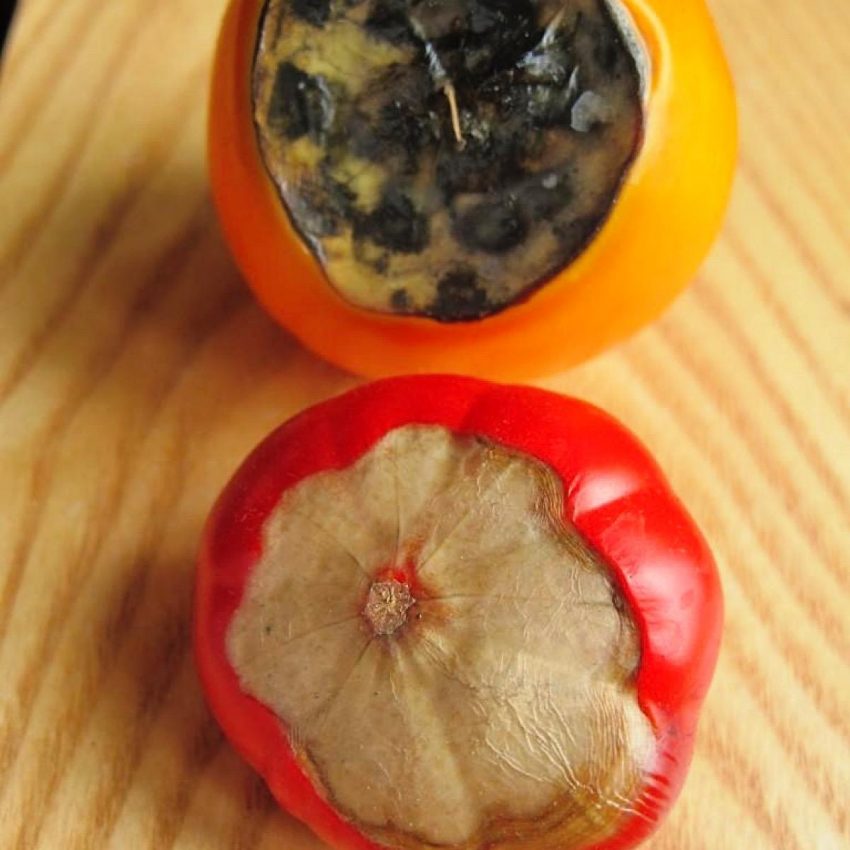
Growing Heirloom Tomatoes in Pots
If tomatoes are your focus, here are more articles that focus on growing tomatoes in containers:
If you like my articles about cooking and gardening, subscribe to my weekly newsletter, where I share free recipes and gardening tutorials.

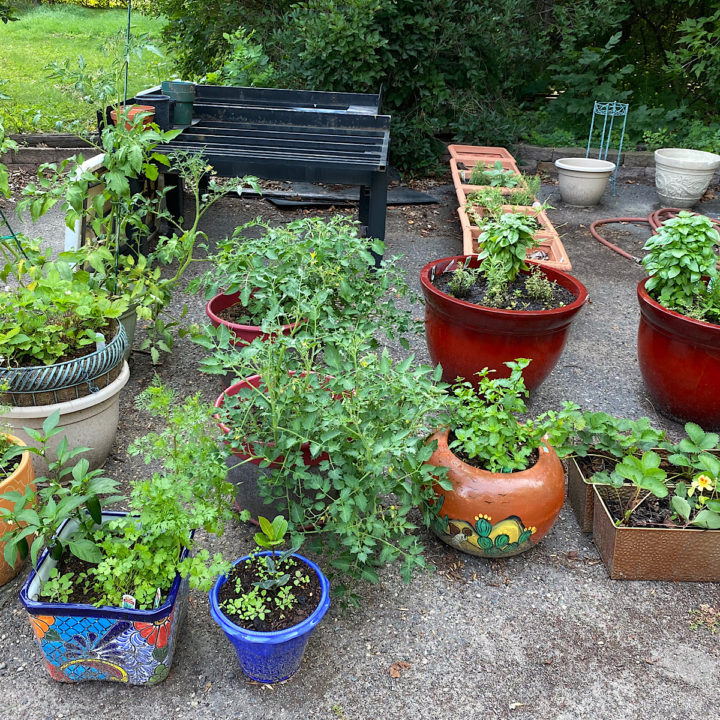
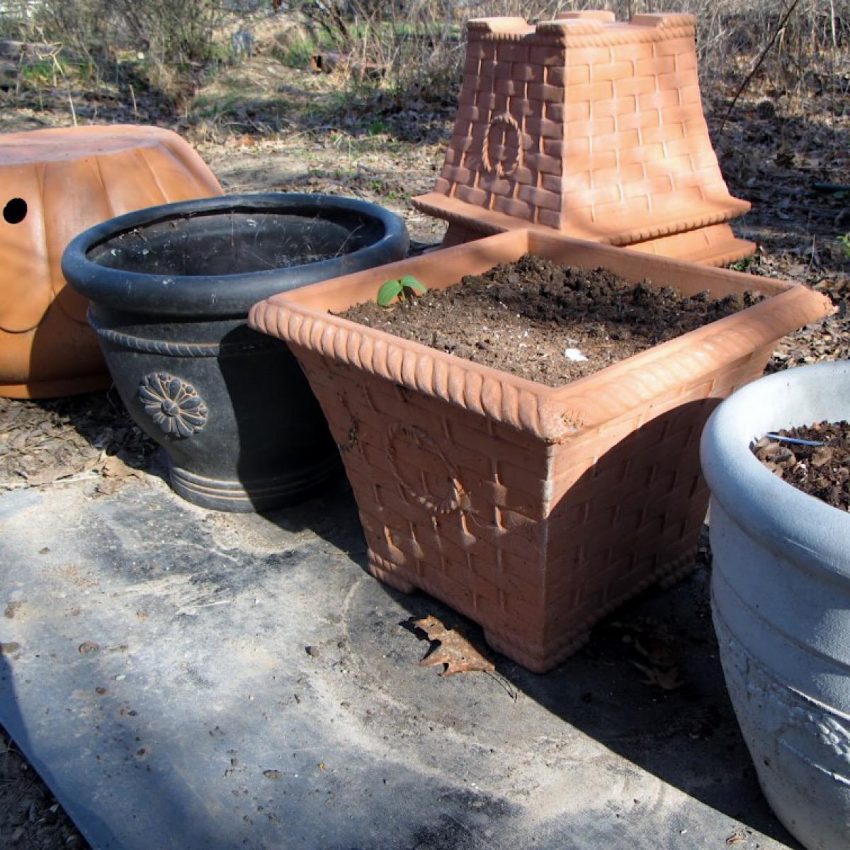
[…] outside and planting something or start making plans to do it when the right season rolls around?You can enjoy the benefits of gardening without having a green thumb or being an expert. Enjoying th… planted is something anyone can appreciate, including a beginner. Some of the advantages of […]
[…] the other day I read an article online at http://www.tomatoheadquarters.com by Cyndy Crist where she boasts about the benefits of container […]
[…] Dorothy Stainbrook’s blog, Tomato Headquarters, we find an article, which leads us through the why’s and where-for’s of gardening with […]
Like your site
Why thank you Randy! Commenting really helps my site to grow also, so I appreciate you taking the time to comment.